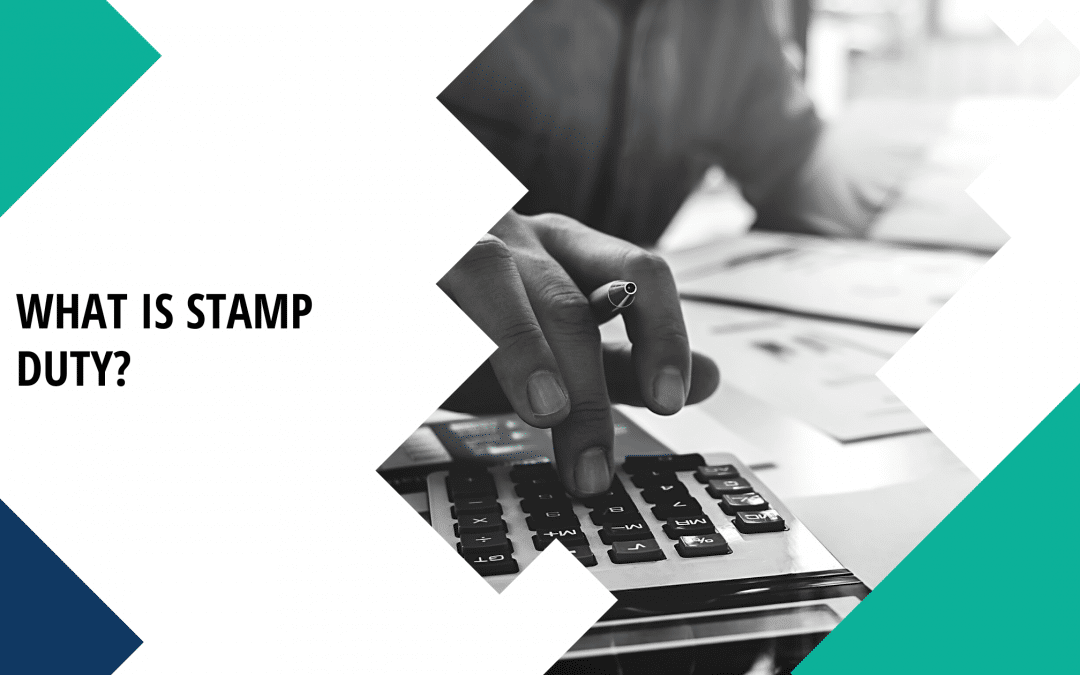If you are thinking of buying a house, chance are you have already heard of stamp duty.
But what exactly is it, and is it important to you?
Simply put, stamp duty is a tax that we must pay as we purchase land, or an existing house, apartment or any other type of property.
The actual value is determined by the state in which the property exists and your circumstances, as well as the price of the property you’re purchasing, and any applicable exemptions.
Stamp duty costs Australians tens of thousands of dollars per property transaction on average, and amount that is in addition to the interest, loan, and other costs associated with purchasing a home, so it’s important to understand how it is calculated and what exemptions exist.
What does stamp duty cost?
When it comes to calculating stamp duty on a potential property purchase, there are three main questions you need to answer.
Which State or Territory is the property in?
Each state and territory government sets its own stamp duty. This means that the fees, price brackets, and exemptions vary by state and region. So, if you buy a $700,000 home in Albury, NSW, you’ll spend $1,000 less in stamp duty than your neighbour down the street in Wodonga, VIC.
At Tick Box Conveyancing we specialise in property conveyancing in Melbourne, and we recommend all purchaser use the State Revenue Office’s Stamp Duty Calculator for a better understanding of how stamp duty is calculated and the available exemptions in Victoria.
How much is the property going to cost?
The value of your home is a major consideration when calculating stamp duty.
The amount you owe is determined by brackets for house prices in each state and jurisdiction.
For eg, in NSW, the first bracket applies to properties worth up to $14,000. Most Sydney residents, though, will fall within the $300,000 to $1 million price range. When you’ve narrowed down the stamp duty options by state or jurisdiction, the amount you pay is determined by the value of your home.
The dutiable value of your property is used to calculate land transfer duty. This is either the purchase price or the selling value of the land, whichever is higher. Duty is measured on a sliding scale, with 1.4 percent applied to assets worth less than $25,000 and 5.5 percent applied to those worth more than $960,000.
Property value Stamp duty payable
Up to to $25,000 1.4% of the property value
$25,000 to $130,000 $350 plus 2.4% for every dollar over $25,000
$130,001 to $960,000 $2,870 plus 6% for every dollar over $130,000
$960,001 and over 5.5% of total dutiable value
If you are an overseas buyer or if you qualify for any exceptions or discounts, this number could be different.
What – if any – stamp duty concessions are you eligible for?
Finally, the good news! You may be eligible for a stamp duty exemption before you have to pay tens of thousands of dollars in taxes.
For example, in certain jurisdictions such as Victoria, first-time home-owners and eligible pension card-holders may be exempt from paying stamp duty on homes within a certain price range.
Alternatively, for those who do not apply for a complete exception, lower rates are also required under some cases.
Different events can also cause specific exemptions to be declared by the State government.
For example, in response to the COVID19 pandemic and resultant lockdowns in 2020, the Victorian government declared that for a short period, stamp duty on homes of a certain value would be reduced by up to 50%.
To see whether you apply for a stamp duty exemption, always search the state or territory’s exemptions, or get in touch with Tick Box Conveyancing to chat to one of our experienced conveyancers in Melbourne.


Recent Comments